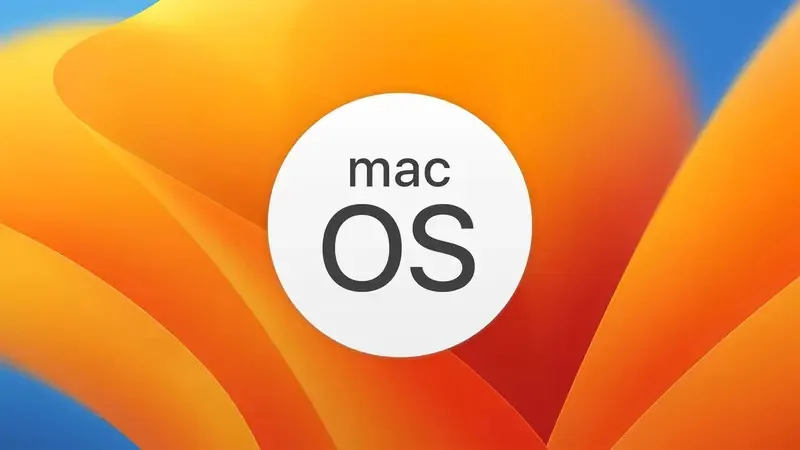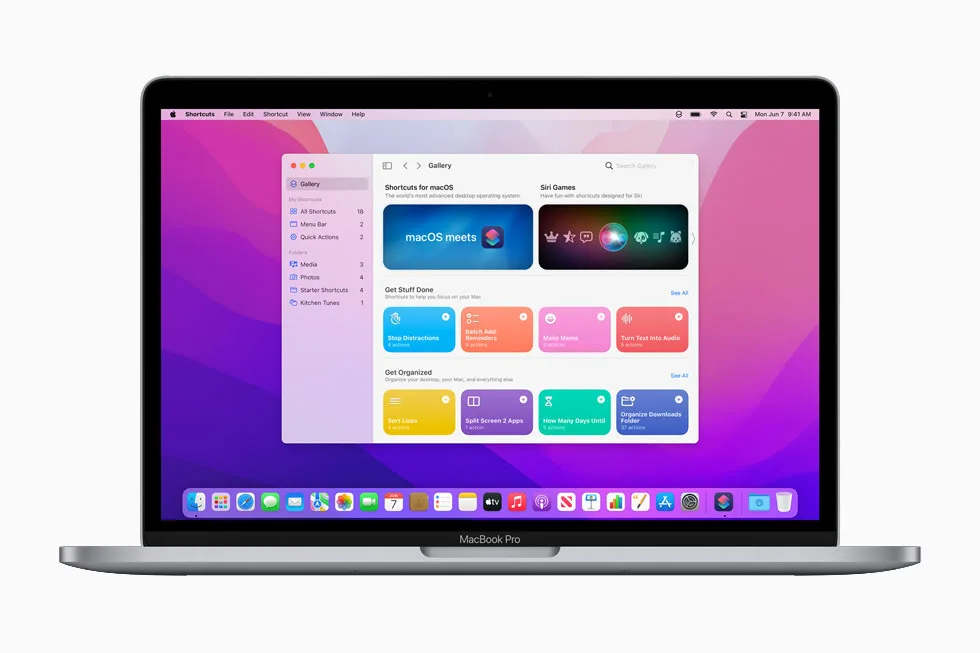Why is macOS Considered One of the Safest Operating Systems?

In today’s digital landscape, safeguarding your personal and professional data is more crucial than ever. macOS, Apple’s flagship operating system, is renowned for its robust security features. But what sets it apart? This article explores macOS’s multi-layered security system, the role of software, privacy measures, and how it stacks up against other operating systems, providing best practices to enhance its security further.
macOS Multi-Layered Security System
macOS is engineered with a multi-layered security architecture designed to fend off various threats. At its core, it utilizes a combination of hardware and software protections. Apple’s T2 chip, for example, provides a secure enclave for encryption and secure boot processes, ensuring that only authorized software runs on your device. Additionally, macOS integrates advanced threat detection mechanisms that analyze behaviors and processes in real-time, effectively identifying and neutralizing potential threats before they can cause harm.
The Role of Software in macOS Security
A crucial aspect of macOS security is its relationship with software. Apple maintains stringent control over its software ecosystem, including apps distributed through the Mac App Store. This centralized approach ensures that applications undergo rigorous vetting before they are made available to users, minimizing the risk of malicious software infiltrating your system. Moreover, macOS features built-in security measures like Gatekeeper and XProtect. Gatekeeper blocks software that isn’t signed by trusted developers, while XProtect scans downloaded files for known malware signatures. This system of checks and balances is akin to a 21 Point online casino’s 21 Point bonus – providing layers of protection to enhance overall security.
Protecting User Privacy and Data
Privacy is a cornerstone of macOS design. The operating system includes features like FileVault, which encrypts the entire disk to protect user data, and Safari’s Intelligent Tracking Prevention, which limits cross-site tracking. Apple’s commitment to user privacy is reflected in its proactive measures to anonymize and minimize the data collected from users. The operating system also provides users with clear control over their data, allowing for granular permissions regarding app access to sensitive information like location, contacts, and calendars.

Comparing macOS to Other Operating Systems
When compared to other operating systems, macOS stands out for its security. While Windows and Linux offer their own robust security features, macOS benefits from its Unix-based architecture and Apple’s tightly controlled ecosystem. The macOS design emphasizes seamless integration between hardware and software, a synergy that is not as pronounced in other systems. The centralized update mechanism of macOS also ensures that security patches and updates are promptly applied, reducing the window of opportunity for attackers.
Best Practices for Security on macOS
Despite macOS’s inherent security advantages, adopting best practices is essential for optimal protection. Regularly update your system to patch vulnerabilities, use strong and unique passwords, and enable two-factor authentication wherever possible. Be cautious about the apps you download and avoid pirated software, which can introduce risks. Additionally, regularly back up your data using Time Machine to safeguard against data loss.
In conclusion, macOS is celebrated for its security due to its multi-layered protection system, rigorous software vetting, robust privacy measures, and its integrated hardware-software design. By following best practices, you can further enhance the security of your macOS environment, ensuring a safer digital experience.
